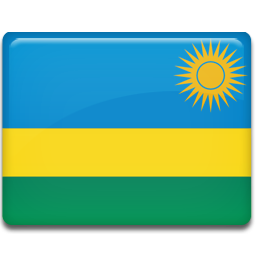Format
As you advance to a point in your education where you take on a research project, you realize you need to know how to write a research proposal. Research proposals are not only just for academic purposes but also for workforce. Some workplaces do require you to write research proposals.
You may probably know what a research proposal is and how to go about it. But till you are given the task to write a proposal, then you start realizing that it is not as easy as how you had imagined it since you have no idea where to start.
RESEARCH PROPOSAL
A research proposal describes what you will investigate, why it’s important, and how you will do the research. The format of a research proposal varies between fields, but most proposals should contain at least these elements:
- Cover page
- Introduction
- Literature review
- Research design
- Reference list
There may be some variation in how the sections are named or divided, but the overall goals are always the same. This article takes you through a basic research proposal template and explains what you need to include in each part.
Table of contents
1. Purpose of a research proposal
2. Title page
3. Introduction
4. Literature review
5. Research design and methods
6. Implications and contribution to knowledge
7. Reference list or bibliography
8. Research schedule
9. Budget
10. Revisions and Proofreading
FORMAT
Proposed title of the project
Your name
Your supervisor’s name
Programme
Department
Institution
Date
Table of Contents
Introduction
Background and context
Problem statement
Research questions
Relevance and importance of the research
Literature review
Key concepts, theories and studies
Key debates and controversies
Gaps in existing knowledge
Research design and methods
Aims and objectives
Methods and sources
Practicalities and potential obstacles
Implications and contributions to knowledge
Practical implications
Theoretical implications
Reference list
Research schedule
Research phase
Objectives
Deadline
Introduction
The introduction should include the following elements:
Background and Context
Lead the reader into the topic and scope of your research.
Problem Statement
Describe the theoretical or practical research problem that you want to address. What is already known about the problem? What is missing from current knowledge?
Research Questions
State the specific question(s) that you aim to answer.
Relevance and Importanceof the Research
Make it clear what new insights you will contribute, who they are relevant to, and why the research is worth doing.
Literature review
The literature review summarizes, compares and critiques the most relevant scholarly sources on the topic. There are many different ways to structure a literature review, but it should explore:
KeyConcepts, Theories and Studies
Compare, contrast, and establish the theories and concepts that will be most important for your project.
Key Debates and Controversies
Identify points of conflict and situate your own position.
Gaps in ExistingKnowledge
Show what is missing and how your project will fit in.
Here you should explain your approach to the research and describe exactly what steps you will take to answer your questions.
Explain how you will design the research. Qualitative or quantitative? Original data collection or primary/secondary sources? Descriptive, correlational or experimental?
Methods and Sources
Describe the tools, procedures, participants and sources of the research. When, where and how will you collect, select and analyze data?
Practical Considerations
Address any potential obstacles, limitations and ethical or practical issues. How will you plan for and deal with problems?
Implications and contributions to knowledge
Finish the proposal by emphasizing why your proposed project is important and what it will contribute to practice or theory.
Will your findings help improve a process, inform policy, or make a case for concrete change?
Theoretical Implications
Will your work help strengthen a theory or model, challenge current assumptions, or create a basis for further research?
References
AuthorLastName, FirstInitial., & Author LastName, FirstInitial. (Year). Title of article. Title of Journal, Volume(Issue), Page Number(s). https://doi.org/number
Research schedule
|
|
|
|
|
|
|
|
|
|
|
|
|
|
|
|
|
|
|
|
|
|
|
|



